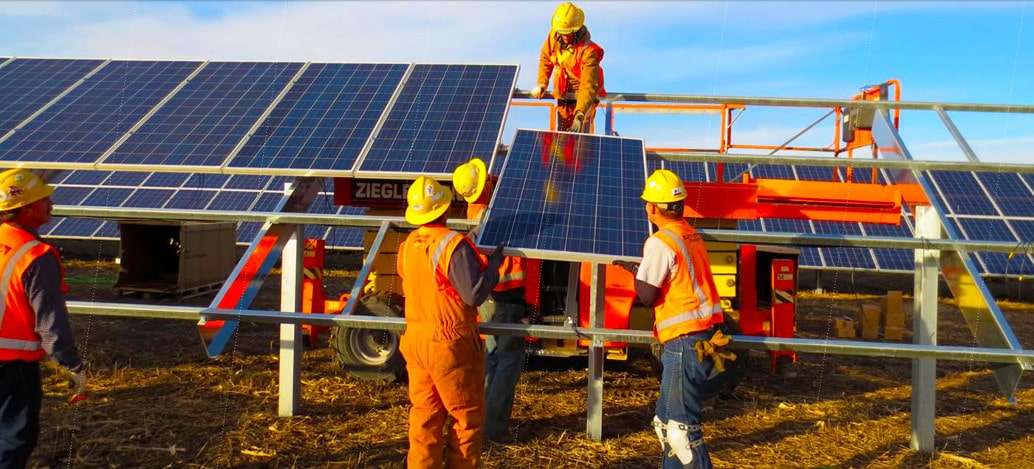U.S. utilities, including those who maintain vertical monopolies, are increasingly embracing large-scale solar. And as they do so, in some cases they are turning to familiar ways to pay for the up-front costs.
Late last month Florida regulators approved a final agreement between the state of Florida, Tampa Electric and large electricity users, the details of which will now go through a “limited proceeding”. Notably, the agreement spells out the utility’s plans to recover the cost of building 600 MW of solar from its customers, a practice known as “rate-basing”.
Under the plan, Tampa Electric will be able to charge its customers up to $0.00195 per kilowatt-hour to pay for the first 150 MW of solar that is plans to build, and to increase this to up to $0.00487/kWh by the time it gets to 600 MW.
Final approval for the Solar Base Rate Adjustment (SOBRA) is expected in March 2018. If approved the first charges will be implemented in September of next year, and Tampa Electric says it should add $1 to the monthly bill of the average residential customer, to be offset by fuel savings over the lifetime of the project.
While utilities consistently pass through the costs of acquiring renewable energy credits under state renewable portfolio policies to their customers, such “rate-basing” is more often seen with capital-intensive projects such as new transmission, or to pay for new nuclear power plants.
Southern Alliance for Clean Energy, which worked with Tampa Electric on the proposal, says that while it does not always support utility plans to “rate-base” such investments, it has noted that this mechanism does allow for more rapid development, and reaching a settlement to cover 600 MW of solar means that the utility won’t have to go back to regulators to ask for permission for each new plant.
However, in exchange for rate-basing the solar Tampa Electric has agreed to freeze its general rates for the next four years. “This is a win for customers and a win for the environment,” said Tampa Electric President and CEO Gordon Gillette.
When these plants come online by 2021 Tampa Electric is expected to get from 6-7% of its electricity from solar, which is more than three times the national average so far in the first nine months of 2017.
This content is protected by copyright and may not be reused. If you want to cooperate with us and would like to reuse some of our content, please contact: editors@pv-magazine.com.









By submitting this form you agree to pv magazine using your data for the purposes of publishing your comment.
Your personal data will only be disclosed or otherwise transmitted to third parties for the purposes of spam filtering or if this is necessary for technical maintenance of the website. Any other transfer to third parties will not take place unless this is justified on the basis of applicable data protection regulations or if pv magazine is legally obliged to do so.
You may revoke this consent at any time with effect for the future, in which case your personal data will be deleted immediately. Otherwise, your data will be deleted if pv magazine has processed your request or the purpose of data storage is fulfilled.
Further information on data privacy can be found in our Data Protection Policy.